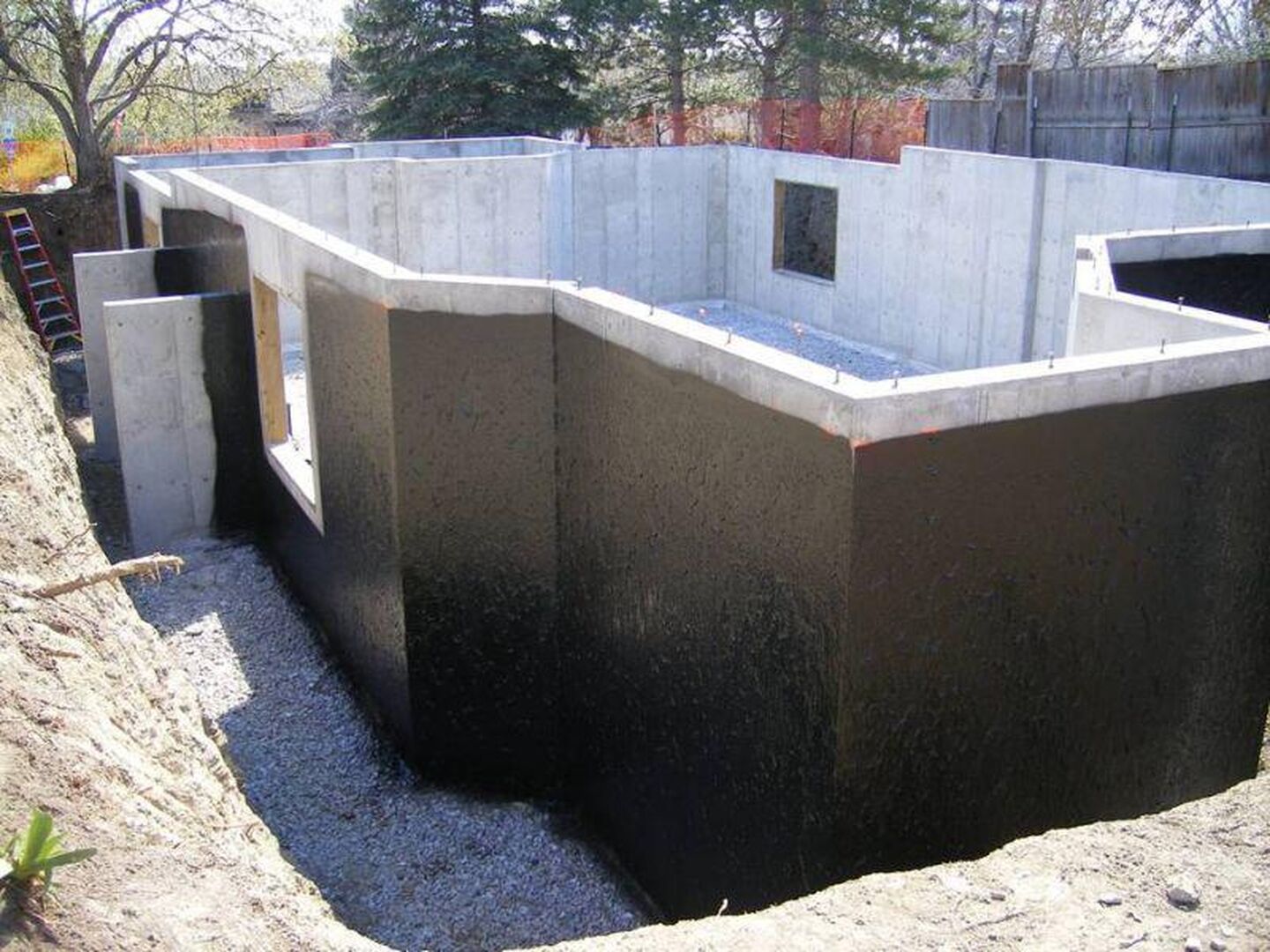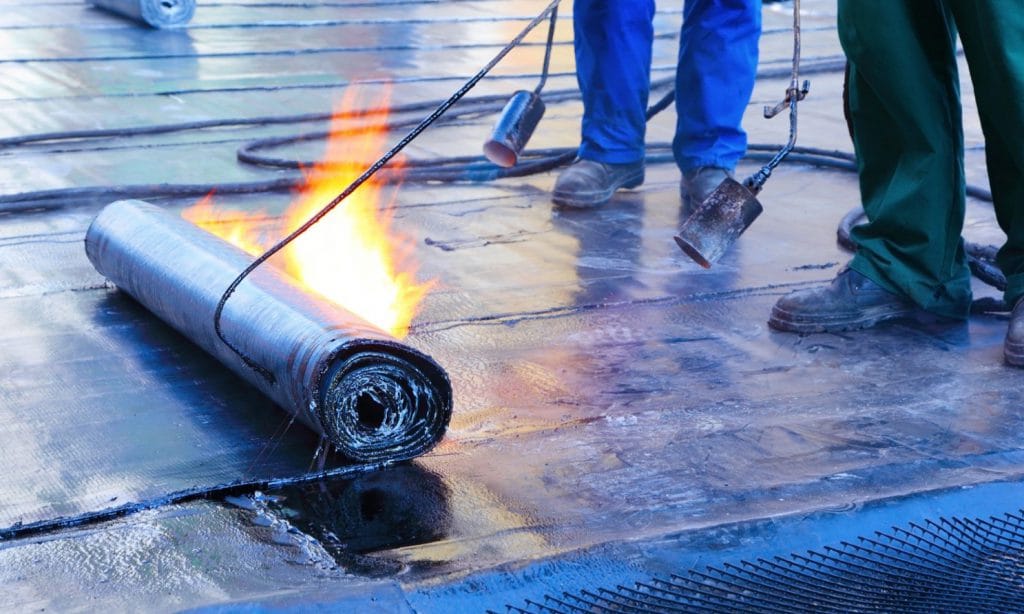Kinds of Waterproofing: Discovering the Numerous Techniques and Their Applications
Waterproofing is an important aspect of building and construction and upkeep. It secures structures from the destructive impacts of water damages. There are numerous techniques available, each with its special applications and benefits. From membrane layer systems to cementitious options, understanding these alternatives is necessary for effective execution. The option of waterproofing method can substantially impact durability and longevity. Discovering these various strategies reveals their unique advantages and potential difficulties, motivating further factor to consider of suitable services.
Membrane Layer Waterproofing Equipments
Membrane waterproofing systems function as a vital barrier against water invasion in numerous frameworks. These systems generally are composed of slim sheets made from materials like rubber, thermoplastic, or asphalt, which are related to surface areas to stop wetness infiltration. They can be mounted above or listed below quality and are specifically effective in locations prone to high water exposure, such as basements, roofings, and foundations.The installment process includes cleaning up the substratum, using adhesives or guides, and precisely fitting the membrane to guarantee complete protection. Membrane systems can be either fully adhered, mechanically connected, or laid loose, relying on the details needs of the project. They provide resilience and flexibility, accommodating structural movements without compromising their waterproofing abilities. These systems can be strengthened with additional layers for enhanced defense. Inevitably, membrane layer waterproofing systems are crucial for guarding frameworks against water damage and keeping long-lasting integrity.
Liquid-Applied Waterproofing Coatings
Liquid-applied waterproofing layers give a flexible solution for securing surfaces from water seepage - Sump pump installation & replacement Omaha. These finishings contain fluid products that, when applied, form a seamless, adaptable membrane. Their flexibility enables application on different substrates, consisting of concrete, steel, and wood. The coatings can be used in varied environments, from household to industrial setups, making them ideal for roof coverings, structures, and below-grade structures.One significant advantage of liquid-applied layers is their ability to comply with uneven shapes and permeate splits, creating a robust barrier against moisture. They commonly show outstanding attachment residential or commercial properties and resistance to UV radiation, ensuring durability and longevity. Additionally, the application process is normally straightforward, permitting quick installation and decreased labor expenses. This approach also minimizes the risk of water pooling, as the constant layer efficiently guides water away from at risk locations. Overall, liquid-applied waterproofing coverings are an effective option for extensive water security
Cementitious Waterproofing Solutions

Cementitious waterproofing remedies supply a robust alternative for frameworks calling for reliable moisture security. These systems primarily use a blend of concrete, sand, and chemical additives to develop a water resistant barrier. They are often related to surface areas such as concrete walls, foundations, and floorings, offering a sturdy, lasting protection versus water intrusion.One his response of the crucial advantages of cementitious waterproofing is its simplicity of application; it can be used using a brush, roller, or spray, making it appropriate for numerous project dimensions. Additionally, this approach is suitable with many surfaces and can typically be used in conjunction with various other waterproofing techniques.Cementitious remedies are particularly efficient in atmospheres where water exposure is an issue, such as cellars or below-grade frameworks. Their excellent adhesion homes assure that they bond well with substrates, offering a strong and impenetrable layer against wetness infiltration.
Bentonite Waterproofing
Bentonite waterproofing is a highly effective technique that uses salt bentonite clay to produce a natural barrier versus water. This strategy manipulates the one-of-a-kind residential or commercial properties of bentonite, which increases upon contact with water, sealing any potential leaks and avoiding wetness seepage. It is generally made use of in numerous applications, consisting of foundation walls, tunnels, try this out and keeping walls, where water resistance is essential.Bentonite can be applied in several kinds, such as panels or coverings, giving versatility in installment. Its capacity to self-seal makes it an eye-catching choice for locations subject to moving soil or changing water levels. Additionally, bentonite waterproofing is eco-friendly, as it is an all-natural product that does not introduce harmful chemicals right into the environments.
Drain and External Waterproofing Systems
Reliable waterproofing commonly includes a combination of approaches, consisting of water drainage and exterior systems. Drain systems, such as French drains and sump pumps, are made to redirect water away from frameworks, lowering hydrostatic pressure versus foundations. These systems are important in preventing water buildup that can cause structural damages and mold growth.External waterproofing, on the various other hand, involves using safety barriers to the structure's exterior. Methods such as the installation of water resistant membrane layers, finishings, or sealants can assist prevent water seepage. This method not just secures the foundation however also boosts the overall durability of the structure.Together, water drainage and outside waterproofing systems create a detailed service to take care of water efficiently. By applying these methods, homeowner can protect their financial investments versus the harmful results of moisture, making sure lasting stability and security for their structures.
Often Asked Questions
Just how Do I Pick the Right Waterproofing Approach for My Task?
Choosing the appropriate waterproofing approach relies on aspects such as job type, environmental conditions, budget, and desired long life. Reviewing these elements permits notified decisions tailored to specific demands and demands.

Can Waterproofing Be Applied in Winter Issues?
Waterproofing can be applied in cold climate conditions, however it calls for details materials and methods. Cold temperature levels might affect curing times and bond, requiring mindful option of products developed for low-temperature application.
What Are the Typical Indicators of Waterproofing Failing?
Common signs of waterproofing failing consist of noticeable water stains, peeling paint, damp odors, mold development, and fractures in walls or foundations. Landscape drainage Omaha. These signs suggest that wetness is passing through the barrier, compromising its effectiveness
The Length Of Time Does Waterproofing Last Prior To Requiring Maintenance?
The longevity of waterproofing differs, typically lasting in between 5 to one decade. Variables such as worldly quality, environmental conditions, and maintenance techniques affect its longevity, demanding periodic evaluations to guarantee effective defense versus water invasion.
Are There Eco-Friendly Waterproofing Options Available?
The concern of green waterproofing alternatives exposes a growing passion in lasting materials (French drain installation his comment is here Omaha). Numerous natural substances, such as plant-based sealers and recycled products, supply efficient remedies while lessening environmental influence, appealing to eco mindful consumers